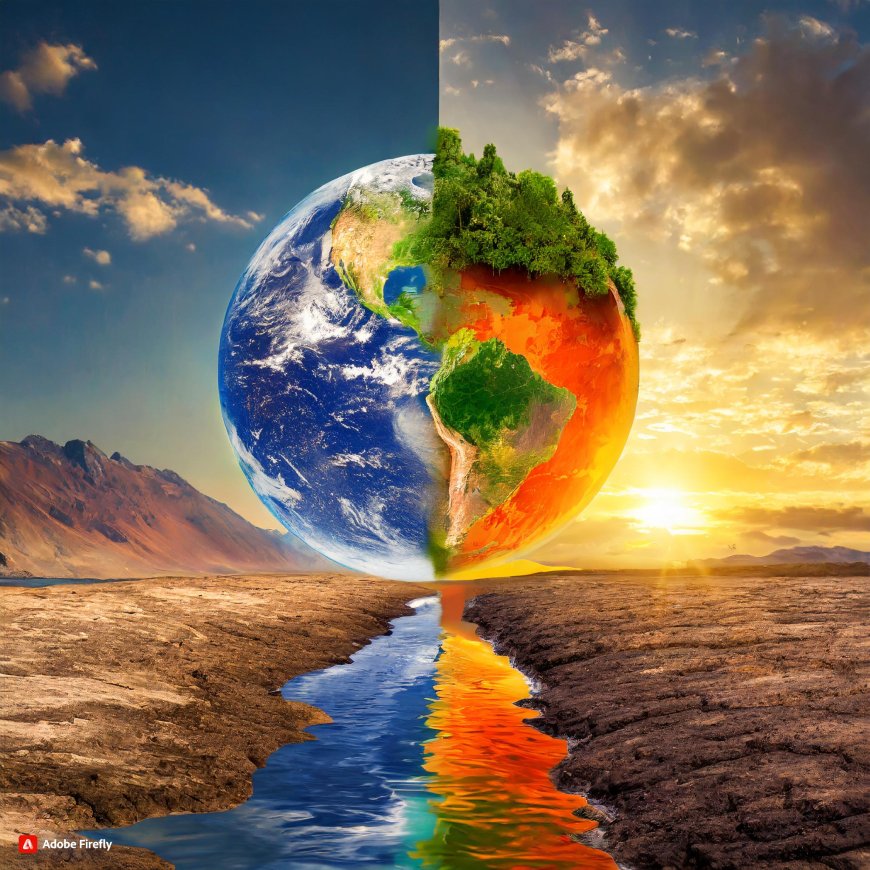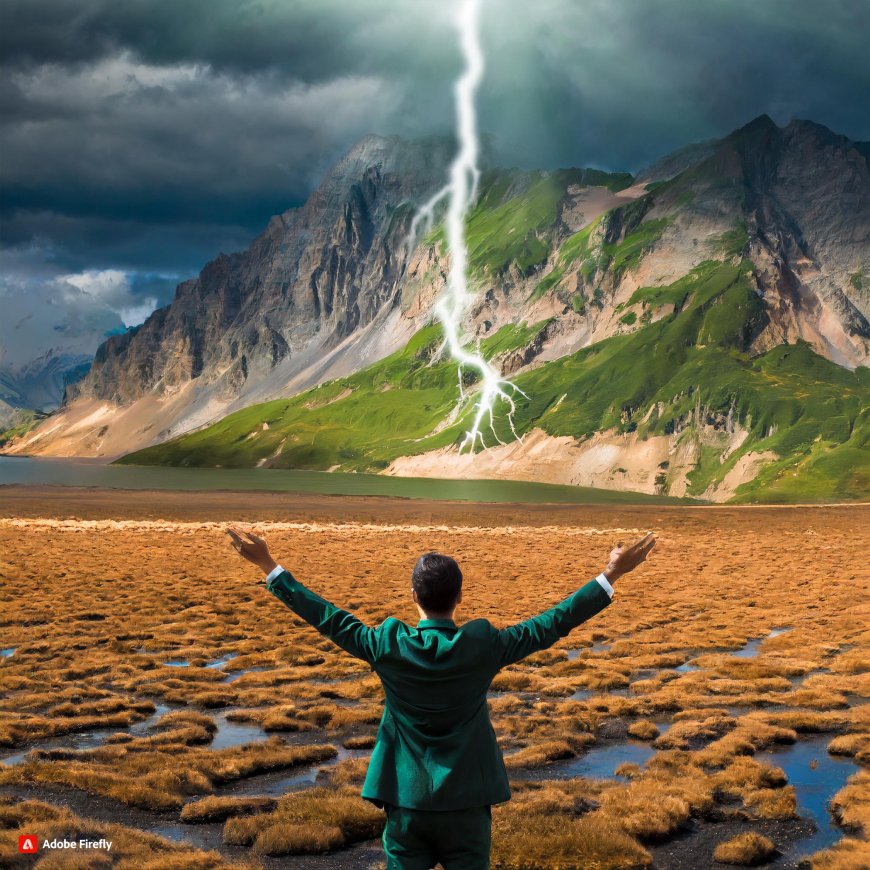Understanding Climate
Climate is more than just the weather we experience day to day. It encompasses long-term patterns, trends, and variations in temperature, precipitation, and other

Introduction: The Unlocking Solution to Climate.
Climate is not just the weather we see today. It is a much broader and more complex concept related to many environmental aspects such as temperature, precipitation, winds and so on. Patterns, trends and climatic variability such as changes in temperature and precipitation within the last several years are among the processes that make up this system. The topic of climate is probably what comes to mind when most people are making attempts to explain global warming. However, what exactly is climate, and why is it important? In this comprehensive guide, we will look at the meaningful climate characteristics; perform an overview of climatic types, multiple examples, and discuss climate change pressing issues.
1.Which is the best definition of climate?
Weather conditions refer to the ecological circumstances in a particular region that define the ambient parameters like temperature, humidity, precipitation, winds, and all other atmospheric factors. When we consider weather opposed to the climate concept, we are dealing with unpredictable events.
It is subject to change on a daily basis while climate describes long-term patterns, usually over a period of decades or centuries..

2. This division can be understood in the context of four kinds of climates.
Climate classification categorizes the world's climates into four main types: from tropical to temperate, arid up to polar. Tropical, arctic, and subarctic climates represent one specific type of division, each climate being distinguished by particular temperature and precipitation patterns that, in turn, affect the natural systems and the human practices in this area.
3. Examples of Climate
Amongst examples of different climates can be seen from every corner of the planet. Let's say that for example, the tropical climate zone is normally associated with regions close to the equator and finds its expression in high temperatures and year round heavy rainfalls. Contrary to that, the rather polar climate which is near the Earth's poles has very cold temperatures and rare precipitation.
4. Understanding Climate Change
Climate Change basically describes the global situation, where the earth's climatic patterns are permanently changed, which mostly result from human actions such as the significant production of carbon dioxide in the air, deforestation, and Industrialization. Through these activities, greenhouse gas emissions are injected into the atmosphere, which may result in global warming and cause other facilities of climate change.

5. Factors Influencing Climate
More than a few factors determine the climate which may be geography like latitude, altitude, nearness to water bodies, ocean currents, and topography. These mechanisms interact in an incredibly complex way, which ultimately leads to a variety of atmospheric conditions and plant species proliferation across the planet.Introduction: The unlocking Solution to Climate.
6. Ecosystems are the main residence for various living things, sometimes they are altered.
The presence of climate is one of the key factors that determine how ecosystems and biodiversity will be. Shifts in environments due to higher temperatures and altering precipitation patterns will cause disturbance in ecosystems which will in turn result in relocation of habitats, species locations and ecological associations. Some species may be at the advantage to further thrive in a changing climate or rather be at threat to become extinct.
7. Humans and Climate Change are Key.
Human activities such as fossil fuel burning for energy purposes, deforestation, agriculture, and even industrial production prove to be a major factor in global warming. The carbon dioxide (CO2), methane (CH4), and nitrous oxide (N2O) gasses produced as a result of their release create a greenhouse effect, and, as a result, the atmosphere is warmed, and the associated impacts become a notable threat.

8. The actions of Mitigation and Adaptation Strategies.
Addressing climate change is a twofold endeavor that utilizes both the mitigation and the adaptive methods. The mitigation activities are those that avoid greenhouse gasses emissions and limit the size of the climate change, while the adaptation is the solution that enables the world to live with those impacts that are currently happening or are estimated to happen in the near future.
9. The Importance of International Alliances in Combating the ClimateIssue
The Paris Agreement and other international agreements are the key that contribute to the resolution of the climate change challenge at the global level. These treaties link nations from all around the world to pledge to cutting down the greenhouse gasses, beefing up climate resilience, and marginally setting up resilience to the vulnerable nations.

10. Behind it is the presence of FAQs.
Q1: Is it only the weather that consists of climatic elements?
The most popular definition of climate is the unique “weather brand” characteristic of a place because it represents the long-term average of the weather conditions in that area.
Q2: What are climate traits in tropical climates?
The four key climate types, namely tropical, temperate, arid, and polar,.
Q3: Climate is the term used to describe the average weather conditions that exist over a given period of time, usually over a large geographical area.
Climate describes the average of long-term weather conditions over the world, some examples are tropical climate at the equator and polar climate at near the world ends.
Q4: Difficulty comes to clear knowing what is the main meaning of climate change.
A widely accepted definition of climate change refers to the transformations or modifications in the Earth's long-term (especially over the decades and centuries) weather patterns that are chiefly brought by human activities.
Q5: What are some effective ways that citizens can engage in tackling climate change?
People can mitigate the climate change risks by consuming less energy, transferring to renewable energy, encouraging sustainable livelihood, and pushing the government into strategic policy design.

Conclusion
In the end, climate is a composite phenomenon that changes rapidly in so many ways and it is essential for every living organism on our planet. Getting familiar with climate along with its types and effect on climate change is the most essential in the process of creating a sustainable future. When all of us get together and there is a viable strategy in place, it is possible to not only reduce but also stabilize the effects of climate change for the sake of future generations.
What's Your Reaction?























































